Ligand families
Ion channel modulators are molecules that alter the activity of ion channels. Ion channels are protein structures embedded in cell membranes that allow ions to pass through. These channels play crucial roles in a variety of physiological processes, including nerve impulse transmission, muscle contraction, and the regulation of heartbeat.
Ion channel modulators can be either positive (enhancers or activators) or negative (inhibitors or blockers).
Positive modulators (Activators/Enhancers): These increase the activity of the ion channels, often leading to an increased flow of ions across the membrane. They may cause the channels to open more frequently or to stay open for longer periods.
Negative modulators (Inhibitors/Blockers): These decrease the activity of the ion channels, often leading to a reduced flow of ions across the membrane. They may cause the channels to open less frequently or to stay open for shorter periods.
Modulators can also be classified based on where they interact with the ion channel:
Orthosteric modulators: These bind to the same site as the natural ligand (the "orthosteric site"). This can be the ion-conducting pore itself, in which case the modulator physically obstructs the passage of ions.
Allosteric modulators: These bind to a different site ("allosteric site") and change the ion channel's shape or conformation in a way that affects its activity.
Ion channel modulators play a significant role in pharmacology as many drugs and toxins act by modulating ion channels. For example, local anesthetics often work by blocking sodium channels, thereby inhibiting the propagation of action potentials in neurons. On the other hand, some drugs used to treat cardiac arrhythmias work by modulating the activity of specific heart muscle ion channels, helping to regulate the heart's electrical activity.
-
Chemokines Chemokines are a family of small proteins that play a key role in regulating cell trafficking and po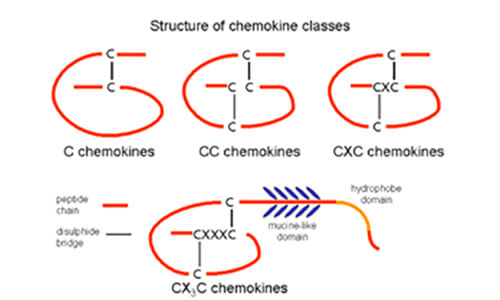
-
PROTACs, molecular glues and other degraders Proteolysis-Targeting Chimeras (PROTACs), molecular glues, and other degraders represent a category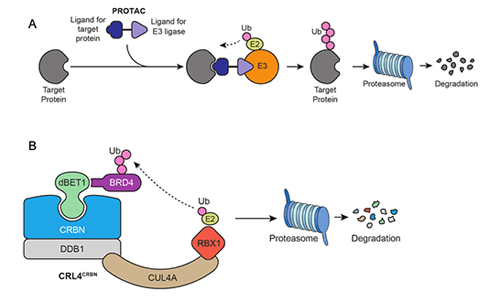
-
Activin and Inhibin Activin and inhibin are two closely related proteins that belong to the transforming growth factor-b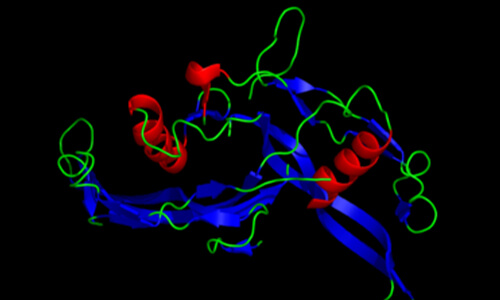
-
Benzodiazepine class drugs Benzodiazepines are a class of drugs that are frequently used to treat conditions such as anxiety, i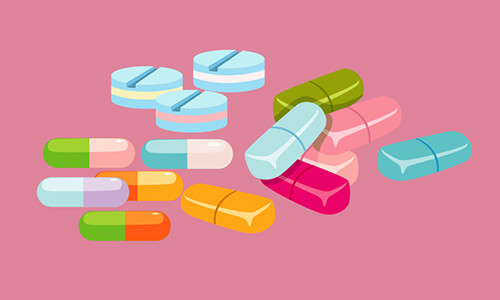
-
Bone morphogenetic proteins Bone Morphogenetic Proteins (BMPs) are a group of growth factors known for their ability to induce t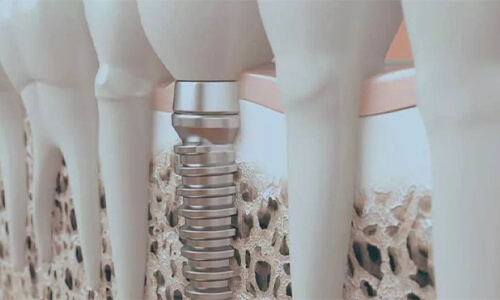
-
CD molecules (ligands) CD molecules, or clusters of differentiation, are a broad group of proteins expressed on the surface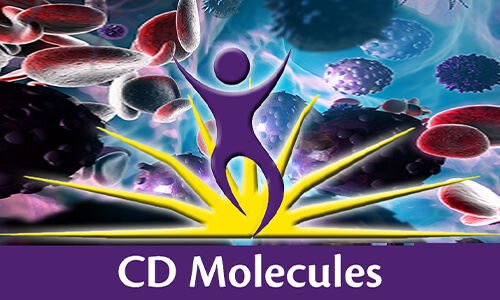
-
Complement components and ligands The complement system is a part of the immune system that enhances (or "complements") the ability of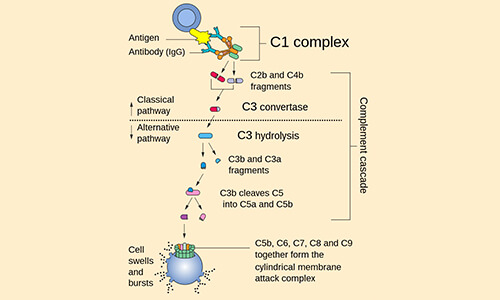
-
Ephrins Ephrins are a family of proteins that serve as the ligands for the Eph family of receptor tyrosine k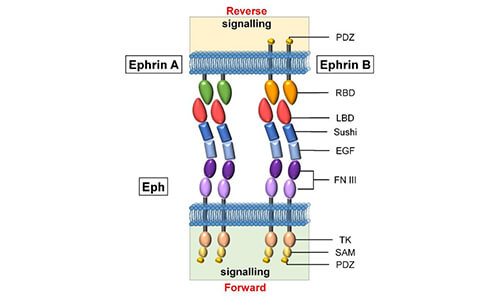
-
Fibroblast growth factor (FGF) family ligands The Fibroblast Growth Factor (FGF) family is a large group of polypeptides involved in a multitude o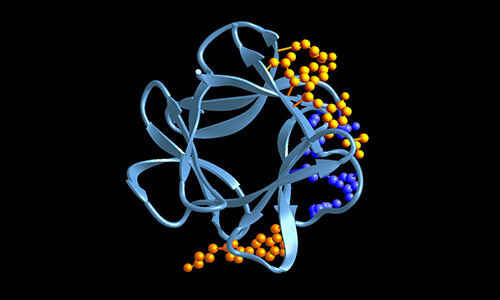
-
Galectins Galectins are a family of proteins that bind specifically to beta-galactoside sugars. They are found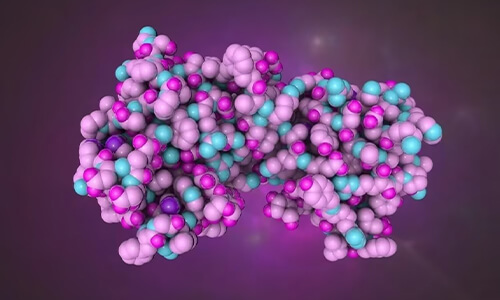
-
Glycoprotein hormones Glycoprotein hormones are a group of hormones that are biochemically characterized by long chains of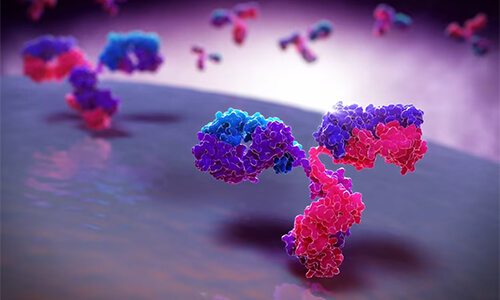
-
Immune checkpoint modulators Immune checkpoint modulators are a type of drug that are used primarily in the treatment of cancer.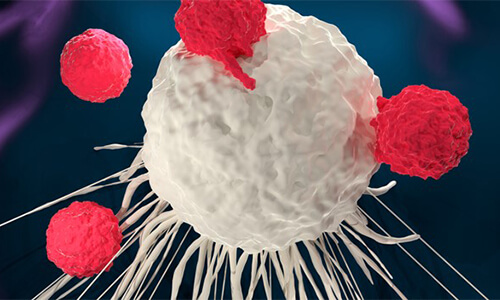
-
Interferons Interferons are a group of signaling proteins made and released by host cells in response to the pre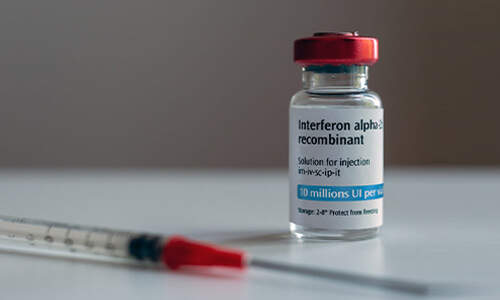
-
Interleukins Interleukins are a group of cytokines, which are proteins secreted by specific cells of the immune s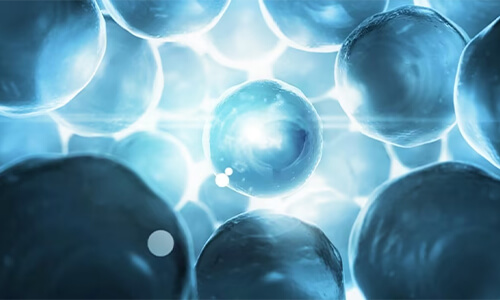
-
Neuropeptides Neuropeptides are small protein-like molecules (peptides) used by neurons to communicate with each o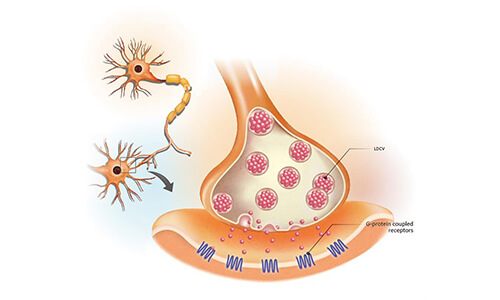
-
Non-steroidal anti-inflammatory ligands Non-steroidal anti-inflammatory drugs, or NSAIDs, are a class of medication widely used to reduce in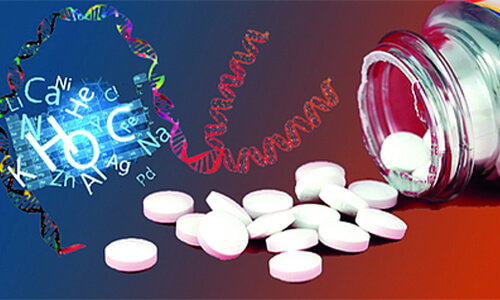
-
Tumor necrosis factor superfamily ligands (TNF) The Tumor Necrosis Factor (TNF) superfamily is a group of cytokines, proteins involved in cell signa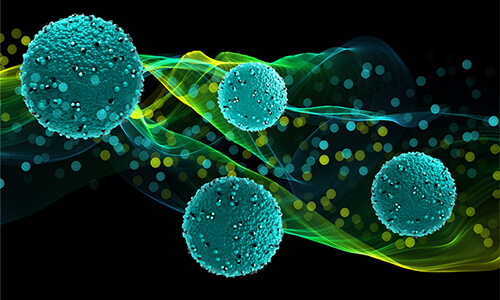
-
Vascular endothelial growth factor (VEGF) family ligands Vascular Endothelial Growth Factor (VEGF) is a key protein that stimulates the formation of blood ve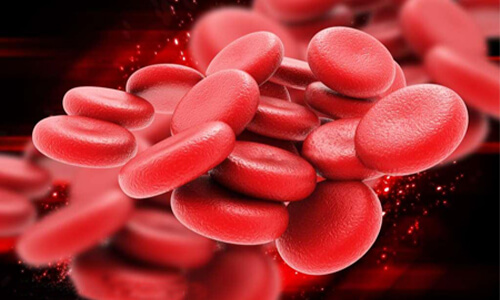
-
Wnt family ligands The Wnt family of ligands consists of a group of secreted signaling proteins that play important rol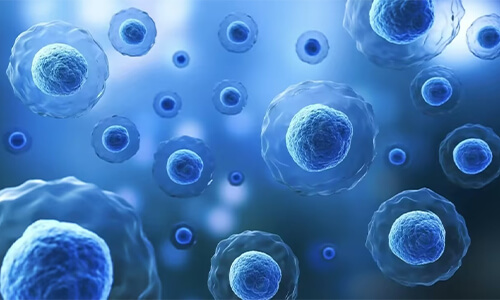
 Home
Home


 Hazardous Chemicals Business License (with storage)
Hazardous Chemicals Business License (with storage)